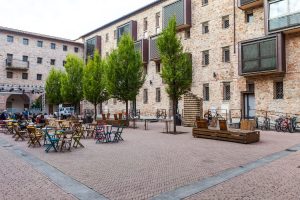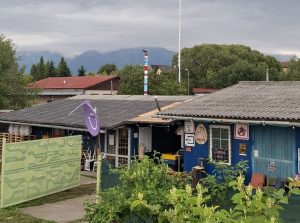
The regeneration of the ancient prison complex of Le Murate in the historical centre of Florence is a successful experience of integrated planning, which has restored an area that has historically been cut off from the urban and social fabric of the Santa Croce neighbourhood.

Koľaj 22 is an underground cultural centre located next to the railway tracks of Poprad’s main station, in a former carpentry workshop. Over the past years, it has been regenerated by a collective of young people into a safe and open space for alternative communities in the region. The centre regularly hosts music and cultural […]